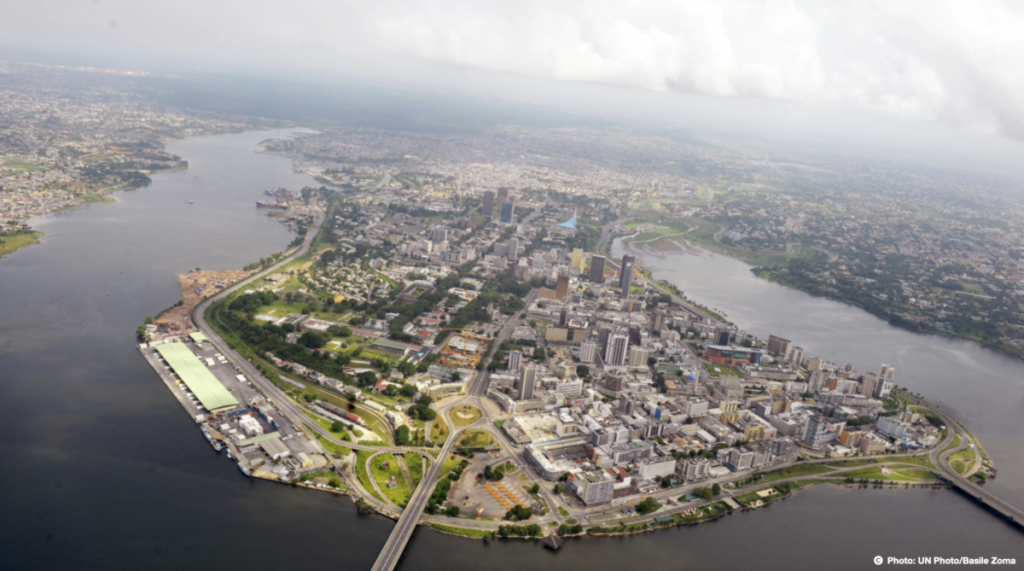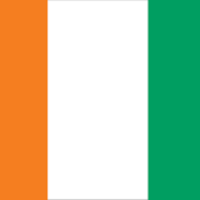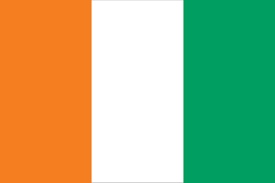Ivory Coast, also known as Côte d’Ivoire and officially the Republic of Cote d’Ivoire, is a country on the southern coast of West Africa. It’s capital city of Yamoussoukro is located in the centre of the country, while its largest city and economic centre is the port city of Abidjan.





